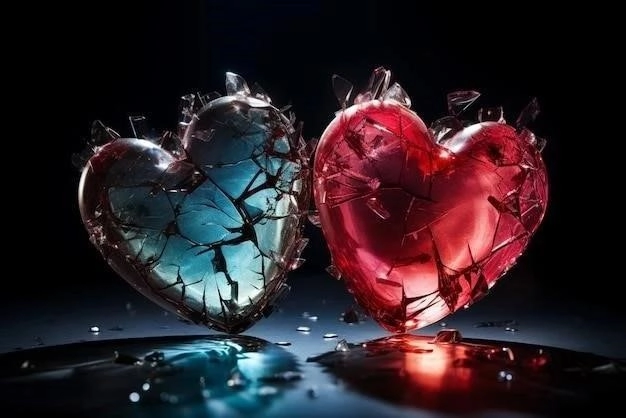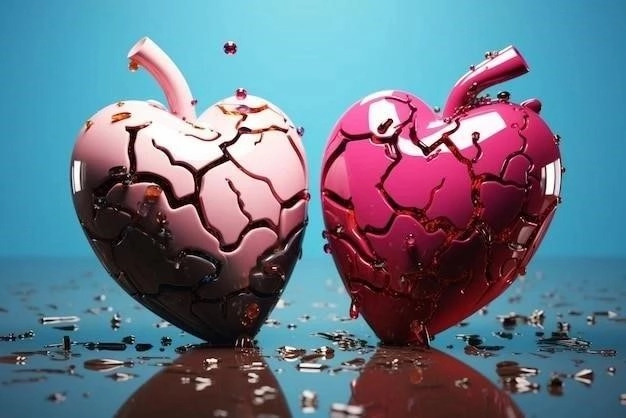The Science of Love: The Biology and Chemistry Behind Our Feelings
Love, an intricate tapestry of emotions, behaviors, and cognitive processes, has captivated poets, philosophers, and scientists for centuries. While its ethereal nature has often been relegated to the realms of art and literature, the advent of neuroscience has allowed us to delve into the biological underpinnings of this powerful human experience. This article explores the fascinating interplay of neurochemicals and brain regions that orchestrate the symphony of love.

The Triune Brain and Love’s Stages
To comprehend the complexity of love, we turn to the triune brain model, which proposes three interconnected brain structures, each associated with distinct evolutionary stages and functions:
- Reptilian Brain (Brainstem): Responsible for basic survival instincts, this ancient structure governs physiological responses like heart rate and breathing. In the context of love, it plays a role in the initial stages of attraction, triggering physiological arousal.
- Mammalian Brain (Limbic System): The seat of emotions, motivation, and reward, this region is crucial for experiencing the intense feelings associated with love. It houses the amygdala, responsible for processing emotions like fear and pleasure, and the hippocampus, involved in memory formation and emotional recall.
- Neomammalian Brain (Neocortex): The most evolved part of the brain, it governs higher-order cognitive functions like language, planning, and decision-making. In love, the neocortex contributes to our conscious perception of love, relationship assessments, and future planning with a partner.
The Neurochemical Cocktail of Love

Love isn’t a singular emotion but rather a cascade of neurochemical events that unfold in stages, each characterized by a unique blend of neurotransmitters and hormones:
1. Lust: Igniting the Flame
- Testosterone and Estrogen: These primary sex hormones, present in both men and women, fuel the initial spark of attraction and desire, laying the groundwork for subsequent stages of love.
2. Attraction: Falling Head Over Heels
- Dopamine: This neurotransmitter, associated with pleasure and reward, floods the brain during the attraction phase, creating feelings of euphoria, excitement, and focused attention on the beloved.
- Norepinephrine: Also known as noradrenaline, this neurochemical heightens alertness, increases energy, and focuses attention, leading to the characteristic restlessness and exhilaration experienced in early love.
- Serotonin: This mood-regulating neurotransmitter plays a complex role in love. While it contributes to feelings of happiness and well-being, its levels have been shown to decrease in the early stages of romantic love, potentially explaining the obsessive thoughts and heightened focus on the beloved.
3. Attachment: Building Lasting Bonds
- Oxytocin: Often dubbed the “cuddle hormone,” oxytocin promotes bonding, trust, and emotional connection. It’s released during physical touch, intimate moments, and sexual activity, fostering feelings of closeness and security.
- Vasopressin: This hormone, closely related to oxytocin, plays a crucial role in long-term commitment and pair bonding. It promotes feelings of attachment, loyalty, and protectiveness towards a partner.
The Brain in Love: A Symphony of Regions
Love doesn’t reside in a single brain region but rather emerges from the coordinated activity of a network of interconnected areas:
- Ventral Tegmental Area (VTA): This region, rich in dopamine-producing neurons, is activated when we experience rewarding stimuli, including the sight, touch, or thought of a loved one. It plays a crucial role in the early stages of romantic love, driving feelings of euphoria and motivation to pursue a partner.
- Nucleus Accumbens: This brain area, also part of the reward pathway, receives dopamine signals from the VTA and contributes to feelings of pleasure, motivation, and reinforcement associated with love. It plays a role in craving and wanting the beloved, reinforcing the pursuit of romantic connection.
- Caudate Nucleus: This region, involved in habit formation and reward learning, becomes active when we experience love. It helps solidify romantic attachments by associating pleasurable feelings with the presence and actions of a partner, contributing to the development of long-term relationships.
- Anterior Cingulate Cortex (ACC): This area, involved in attention, decision-making, and emotional regulation, becomes activated when we focus on a loved one. It helps us assess the salience of a romantic partner, weigh the costs and benefits of the relationship, and regulate emotional responses within the context of love.
- Insula: This region, involved in processing bodily sensations and emotional awareness, plays a role in the physical and emotional experience of love. It contributes to the butterflies in our stomach, the warmth we feel when close to a loved one, and the pain of heartbreak.
The Evolving Landscape of Love

Love, while deeply rooted in our biology, is not a static experience. It evolves over time, influenced by life experiences, relationship dynamics, and individual differences. As our understanding of the neurochemical and neural underpinnings of love deepens, we gain valuable insights into the complexities of human connection, paving the way for healthier relationships and a deeper appreciation for this profound human experience.










